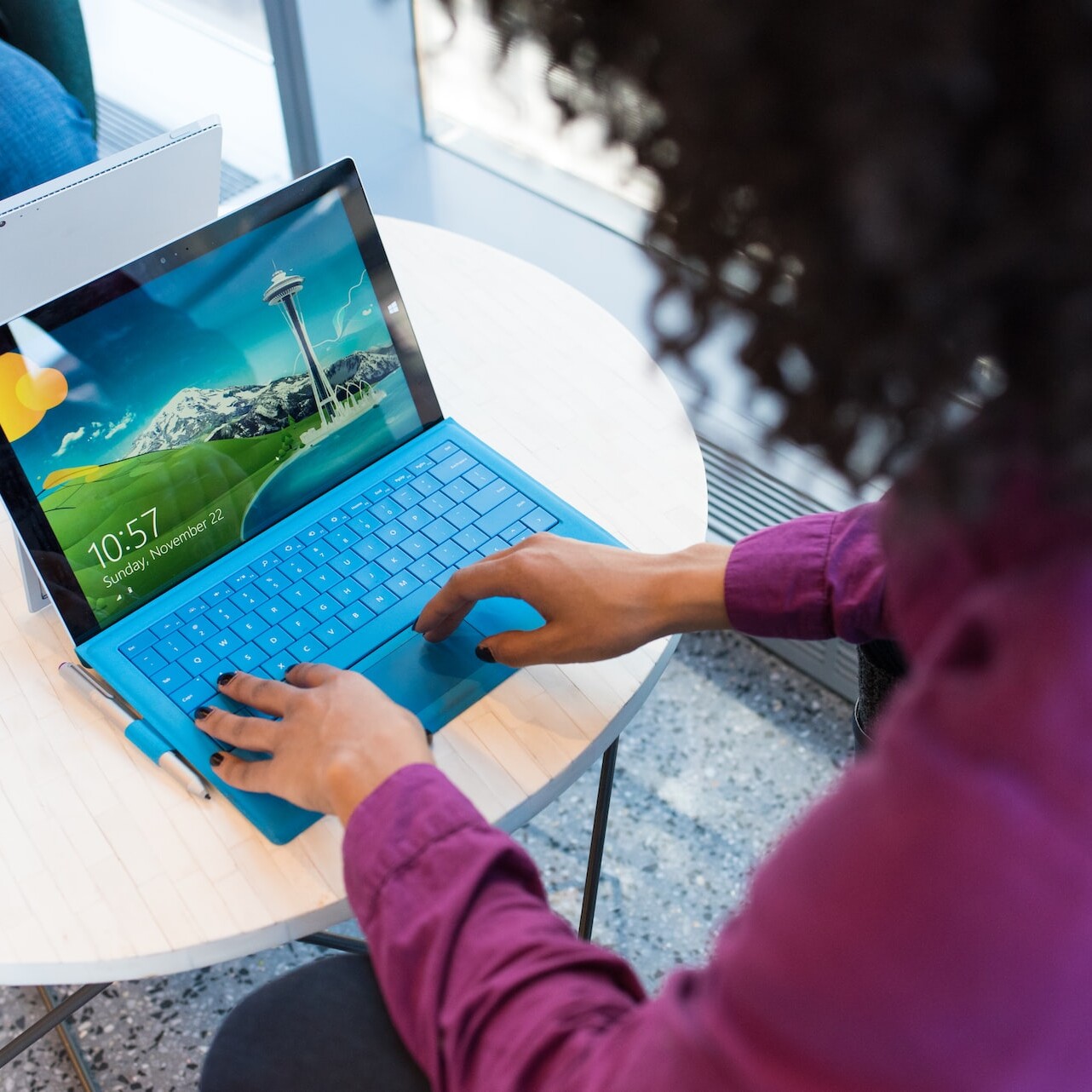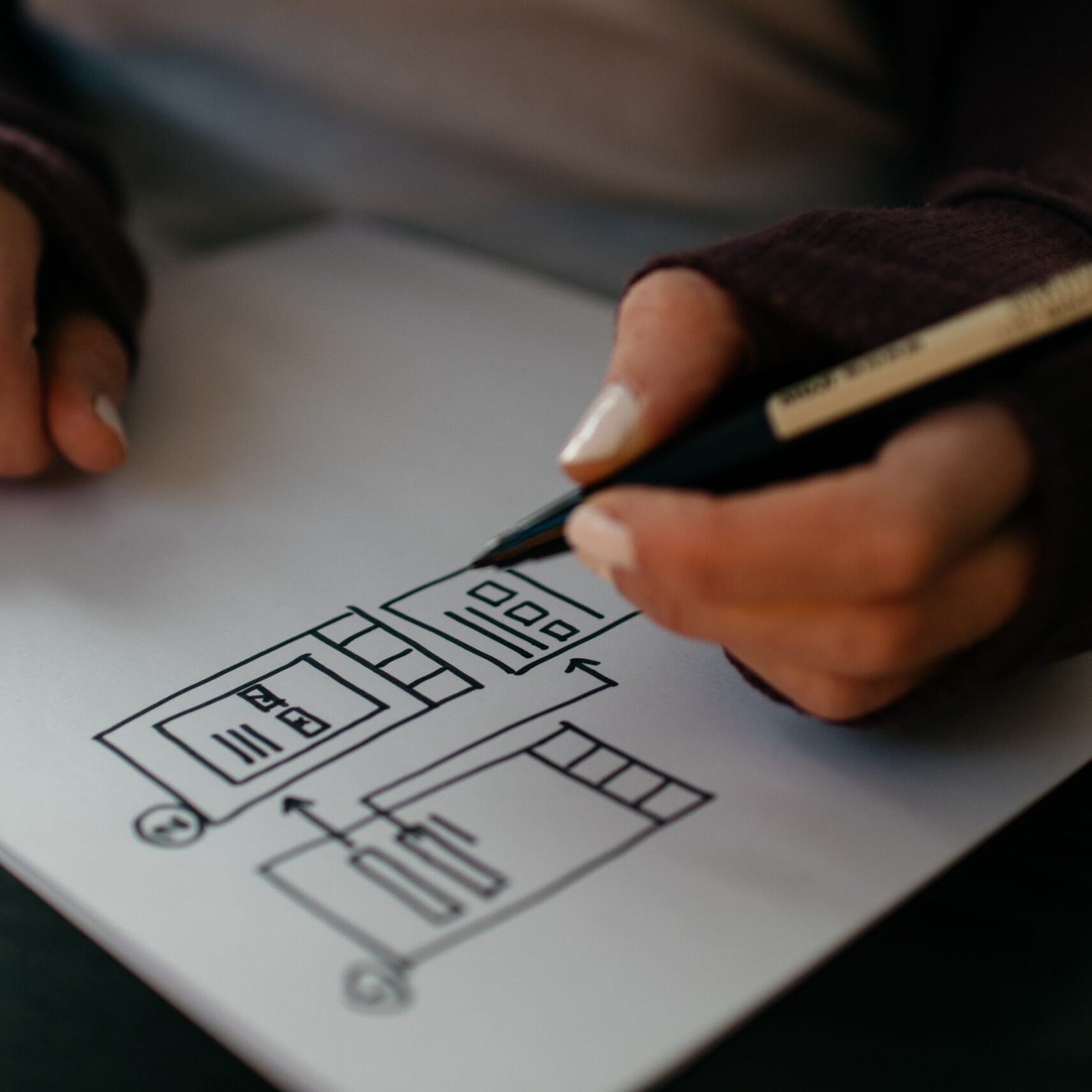Design Your Ideal Project Plan
Starting off a brand new design project plan can be a long and tedious process – but it does not have to be when approached systematically and logically. Building a project plan for your design takes into account the approach your group will make within the implementation, as well as allowing your team and stakeholders the ability to document any objectives they outlined (which can be applied to scope, schedule, resources, and deliverables).
By constructing this project plan, your organization can ensure that they have the necessary time and resources available to address all needs and goals. A few questions to consider when setting project borders: What products are being developed? What types of information need to be covered, in order to provide a more complete picture? How large will the project be? Is this design process being implemented for an entire organization or just for a section? How much research needs to be done?

Look deeply into your site analytics to gain productive insight in regard to your target audience. Carry out crucial market research using various available user research methods, starting from a general perspective and conducting further, in-depth research if necessary. It is essential to determine who the target viewers and users are, to perfectly address any possible needs of your client.
When setting the predetermined goals, ensure that they are measurable, realistic and attainable, remaining in contact with any clients so that they are a central part of the development (involving users in the process will increase their viewer loyalty and connection with your brand). Enabling your audience to interact with your website or project is crucial – consider this within your site construction, to define any objectives that you hope to achieve.
User interaction with a site shapes the entire design process – can they accomplish what they wish to, within your site? Do they find it effective, user-friendly, relatable, intuitive and satisfying to interact with? A way to mentally approach this goal is to construct a space where users will not have to do additional research in order to understand your company mission. If any interaction with your website leaves users scratching their heads in confusion, there need to be some major changes made.
Once a plan has been produced, test and refines the idea and project until it exemplifies the vision you are trying to embody. Evaluate, redesign, and obtain feedback from employees and users to ensure a complete picture of satisfaction.
Next Item
Startups and UX

Related Articles
Navigating Usability Testing for Effective UX Design
June 19, 2024
The Future of User Experience
March 18, 2023


